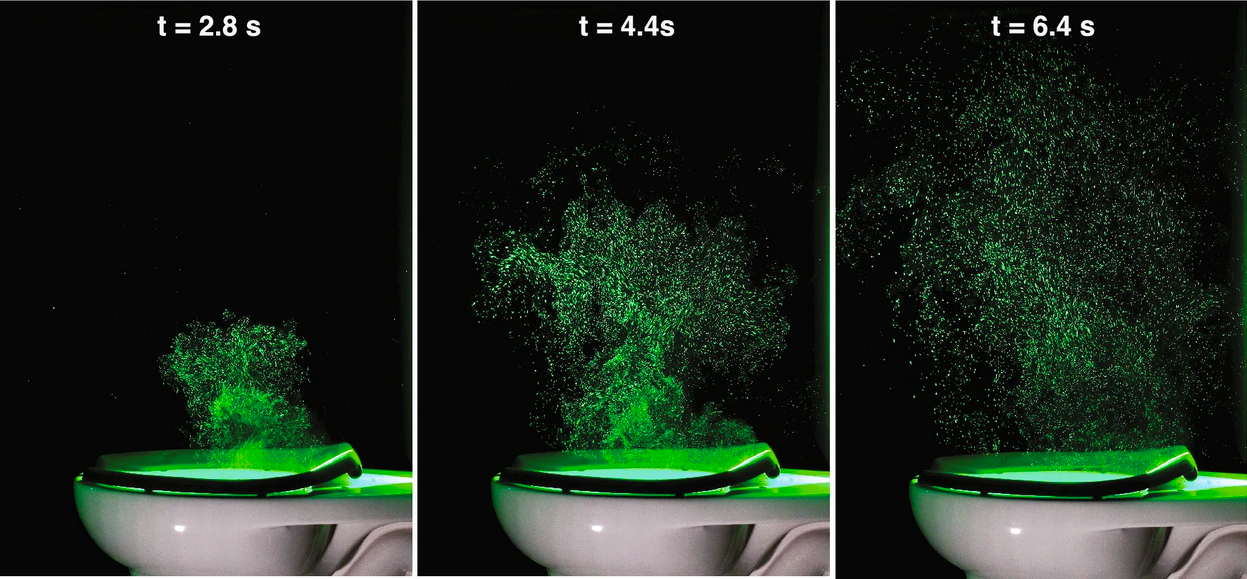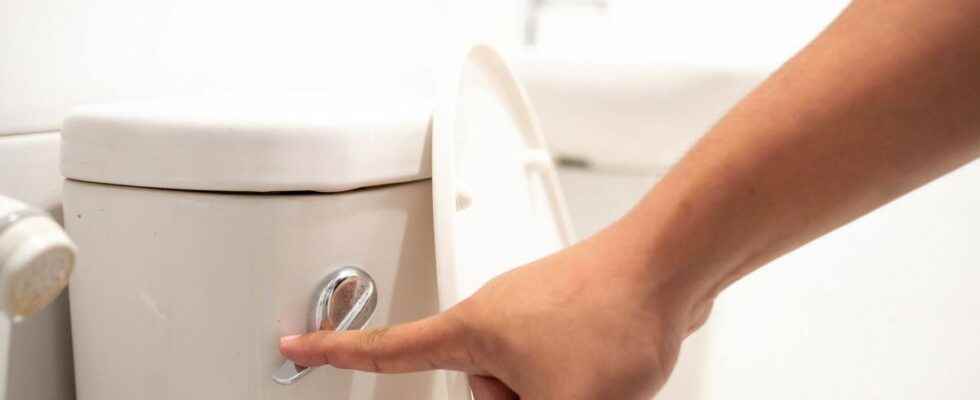Published on
Updated
Reading 2 mins.
Researchers have looked into this everyday act, which is less innocuous than it seems. Each time the toilet is flushed, many pathogens are dispersed into the atmosphere. The proof by the image!
There are gestures of everyday life that we do not question, and that we perform mechanically… Without knowing that we are doing it wrong. This is particularly the case of the flush that we have learned since childhood to carefully draw after our passage. But according to research from Boulder University (Colorado), this act would not be so trivial and would alone release many pathogenic particles in your wake (E. coli, norovirus and adenovirus …), especially if we do not close the lid of the bezel.
A state-of-the-art visual device for analyzing projections
It is not just a theory, but a visual proof that has been put in place by the research team. Using green lasers and cameras, the study highlighted the water droplets projected when flushing the toilet as well as the speed of these droplets. The scientists used two lasers: one shined continuously above the toilet to reveal the droplets, the other sent rapid pulses of light over the same area to measure its speed and direction. All captured by two cameras. The result is impressive.

What happens above the toilet after flushing
With this visual rendering, the study was able to reveal several facts: with each flush of the toilet, lid open, the particles suspended in the air propagate at a speed of 2 meters per second, and reach up to 1 .5 meters above the toilet. That’s not all: while the largest droplets settle on surfaces in a few seconds, the smallest particles, less than 5 microns, can remain suspended in the air for several minutes, giving them the possibility of enter the lungs.
As far as direction is concerned, the suspended water particles went mainly upwards (sometimes up to the ceiling) and the back wall of the toilets. The team also indicates that some stubborn pathogens can persist in the bowl for up to ten flushes.
So much unsavory information that can invite you to install better ventilation in your sanitary facilities and above all encourage you to close the lid before pressing the famous button the next time!
